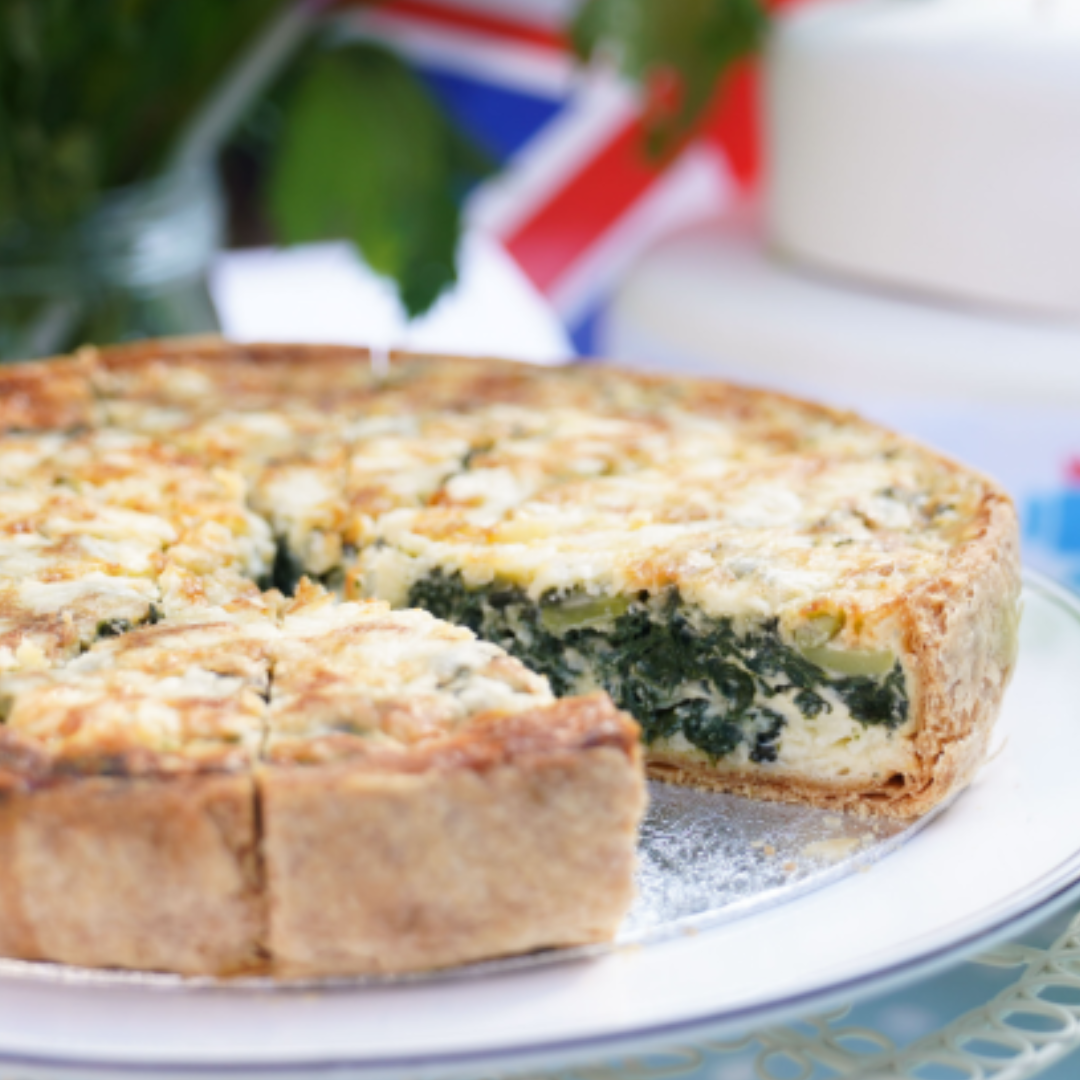Coronation menus have long been an important part of royal history, with each monarch’s coronation marked by a grand feast. These menus have evolved over time, reflecting changes in society, technology, and culinary trends.
The tradition of coronation feasts dates back to medieval times, when monarchs would host lavish banquets to celebrate their ascension to the throne. These early coronation feasts were often extravagant affairs, featuring a range of exotic foods and drinks. For example, King Henry IV’s coronation banquet in 1399 included 400 salted oxen, 400 sheep, and 2,000 chickens, as well as copious amounts of wine and ale.
Over time, coronation feasts became more sophisticated, as culinary techniques improved and new ingredients became available. The coronation of Queen Elizabeth I in 1558, for example, featured dishes such as roast swan, pike, and venison, all served with elaborate sauces and accompaniments. The Elizabethan era was known for its love of spices, and many of the dishes served at the coronation banquet reflected this trend.
By the 18th and 19th centuries, the focus of coronation menus had shifted towards showcasing the wealth and power of the British Empire. The coronation of King George IV in 1821, for example, featured a menu that included turtle soup, haunch of mutton, and a variety of fish dishes. These were all exotic foods that had been imported from overseas, and their inclusion on the menu was intended to demonstrate Britain’s global reach and influence.
The coronation of Queen Victoria in 1838 marked a further evolution in the history of coronation menus. Victoria was known for her love of simple, wholesome food, and her coronation banquet reflected this preference. The menu included roast beef, turkey, and ham, as well as a range of vegetables and fruits. There were no exotic dishes or expensive wines, and the overall effect was one of modesty and simplicity.
In the 20th century, coronation menus continued to evolve, reflecting the changing tastes and preferences of each monarch. The coronation of Queen Elizabeth II in 1953, for example, featured a menu designed by Constance Spry & Rosemary Hume with the creation of the infamous dish ‘Poulet Reine Elizabeth’ more widely known as coronation chicken.
Today, the coronation menu is still an important part of royal tradition, however the menu created for Charles is far more modest than the lavish feasts enjoyed by his ancestors. It features locally sourced, sustainable ingredients reflecting his long-held belief in ethical and environmentally conscious dining.
It is clear that coronation menus have changed significantly over time, reflecting changes in society, technology, and culinary trends. From medieval feasts to modern, sustainable menus, the history of coronation menus provides a fascinating insight into the evolving tastes and preferences of the British monarchy.
Buckingham Palace has kindly shared the official ‘Coronation Quiche’ recipe, so we can all enjoy a feast fit for a modern-day King!
Coronation Quiche Recipe
A deep quiche with a crisp, light pastry case and delicate flavours of Spinach, Broad Beans and fresh Tarragon. Eat hot or cold with a green salad and boiled new potatoes – perfect for a Coronation Big Lunch!
1 x 20cm Flan Tin
Serves 6
Ingredients
Pastry
- 125g plain flour
- Pinch of salt
- 25g cold butter, diced
- 25g lard
- 2 tablespoons milk
- Or 1 x 250g block of ready-made shortcrust pastry
Filling
- 125ml milk
- 175ml double cream
- 2 medium eggs
- 1 tablespoon chopped fresh tarragon,
- Salt and pepper
- 100g grated cheddar cheese,
- 180g cooked spinach, lightly chopped
- 60g cooked broad beans or soya beans
Method
- To make the pastry…
- Sieve the flour and salt into a bowl; add the fats and rub the mixture together using your finger tips until you get a sandy, breadcrumb like texture.
- Add the milk a little at a time and bring the ingredients together into a dough.
- Cover and allow to rest in the fridge for 30-45 minutes
- Lightly flour the work surface and roll out the pastry to a circle a little larger than the top of the tin and approximately 5mm thick.
- Line the tin with the pastry, taking care not to have any holes or the mixture could leak. Cover and rest for a further 30 minutes in the fridge.
- Preheat the oven to 190°C.
- Line the pastry case with greaseproof paper, add baking beans and bake blind for 15 minutes, before removing the greaseproof paper and baking beans.
- Reduce the oven temperature to 160°C.
- Beat together the milk, cream, eggs, herbs and seasoning.
- Scatter 1/2 of the grated cheese in the blind-baked base, top with the chopped spinach and beans and herbs, then pour over the liquid mixture.
- If required gently give the mixture a delicate stir to ensure the filling is evenly dispersed but be careful not to damage the pastry case.
- Sprinkle over the remaining cheese. Place into the oven and bake for 20-25 minutes until set and lightly golden.

